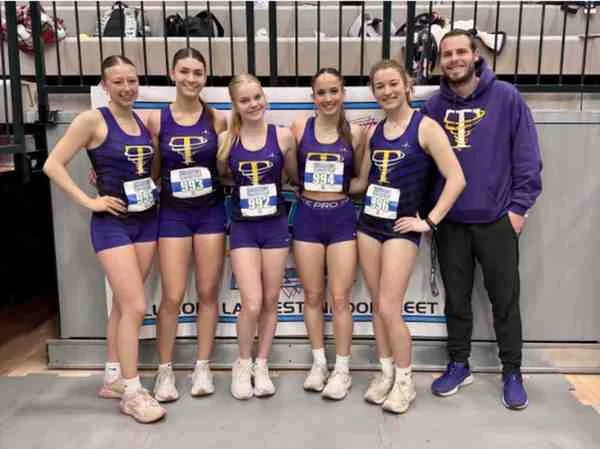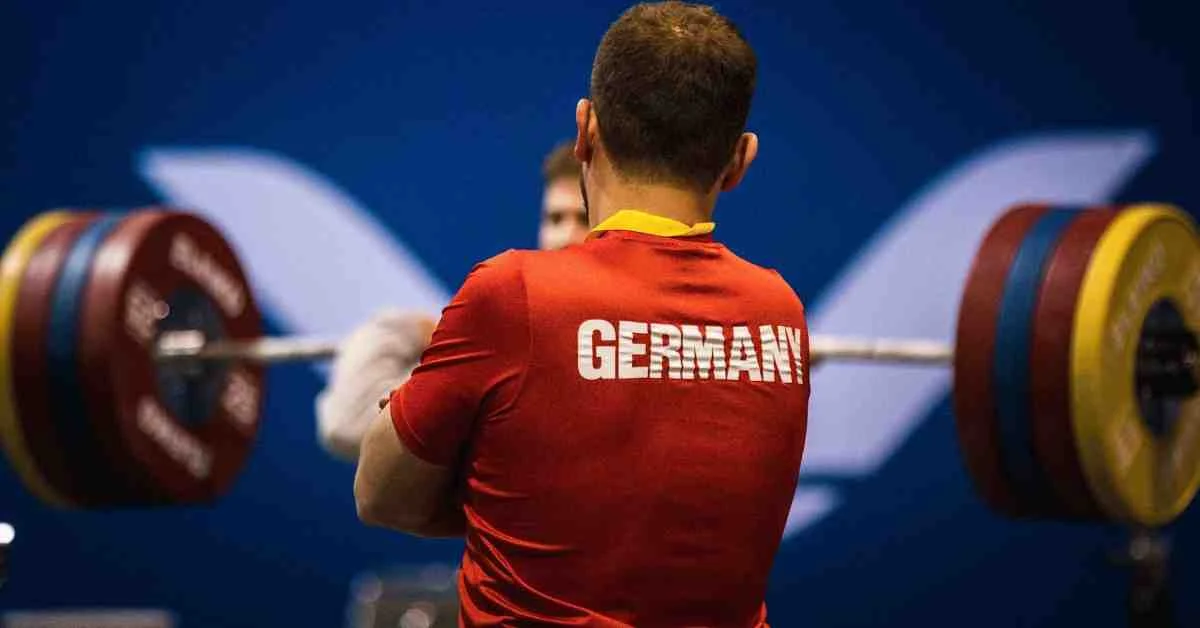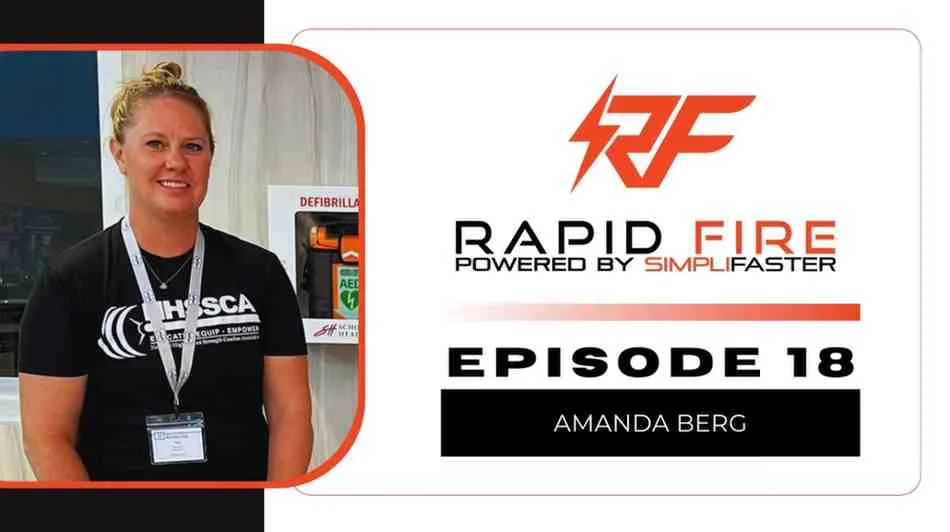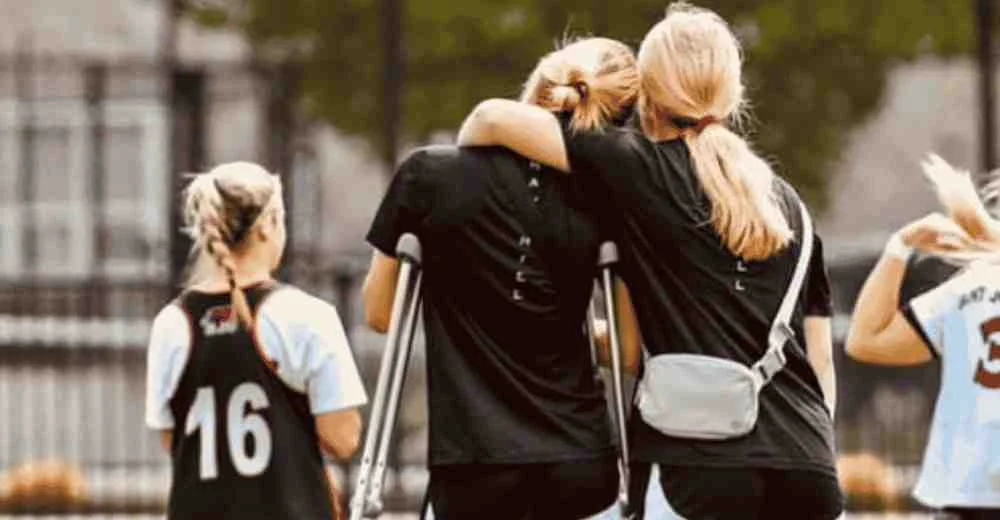By: Coach Robert Dunn, Taylorville High School (IL)
Summary
In just three seasons, Coach Robert Dunn led Taylorville High School’s girls sprint relays from humble beginnings to record-breaking state qualifiers – making program history along the way. This article details how this transformation was brought about by building a culture of fun and speed, data-driven practices, and a program-wide sense of belief. From adopting “Feed the Cats” methods to redefining warm-ups and recovery, Coach Dunn breaks down how his athletes progressed from missing state by fractions of a second to becoming one of Illinois’ fastest sprint relays.
Introduction
When I took over the track & field program at Taylorville High School three years ago, I had a vision—but no guarantees. The seniors who just finished their season were only sophomores back then. I knew they had potential. The question was: how could I unlock it?
This is the story of how we built our first-ever sprint relay teams to qualify for state—and the steps we took along the way that made it happen. Our school did qualify a sprint medley in 1997-98, though that is no longer an event.
Year 1: Trusting the Process
Like many sprint coaches, I’ve been deeply influenced by Tony Holler’s “Feed the Cats” philosophy. Ironically, I only ran track for two years myself—in middle school and high school—before quitting. I was a decent sprinter, but endless warm-up laps, stairs, and jogging circuits drained the joy out of the sport for me. And was I getting faster? Not really.
After a decade away from the sport, I dipped back in as a middle school coach and found Holler’s system. It made sense. So when I took over the high school program the following year, I brought that same approach with me.
We started simple: flying 10-meter sprints, recorded and tracked. That first year, not one girl on the team broke 18 mph. Our top speed was 17.7 mph. It would’ve been easy to get discouraged, but we stuck to the plan. We emphasized quality over quantity, speed over conditioning, and data over guesswork.
We emphasized quality over quantity, speed over conditioning, and data over guesswork, says @Dunn_15 Share on XThe season before I took over, the fastest 4×100 was 55.04 seconds. That team included two girls who would later become key seniors – it was their sophomore year.
The 4×200 also included two future state qualifiers. Their best time was 1:54.54.
Comparing their 10m fly times to their performances in the relays, I knew we had a lot of untapped potential. By the end of my first indoor season, we ran 1:55.20 – a new school record at the time – and nearly matched our best outdoor time from the previous year. Once I started noticing time drops and comparing from the year before, I really knew the 10m flies, off days, and plyometrics were working.
Once outdoor season arrived, we knew there would be an automatic time drop. With three blind handoffs, the sun, and fewer curves to run, it was sure to be faster – but by how much? The team went from 1:55 to 1:50.07 (school record at the time). This was not state qualifying but we had high hopes for the following season, as that team was made up of two sophomores and two juniors that we would return.
Our 4×100 team that had run 55.04 the year prior dropped to :52.36. This group was headed by our core three plus one junior. While it still fell short of qualifying for state, we made a huge improvement.
By the end of the season, we broke the indoor and outdoor 4x200m records. In total, four school records fell that year. We were building momentum. We sent athletes to state in four events. (high jump, pole vault, 4×400, 800).
Year 2: Right There, But Not Quite
In our second season, we hit our stride. The 4x200m team broke both indoor and outdoor records again. Our top girls were now running near 21 mph.
In year two, I was ready to go and excited to see how our numbers would grow not only on the track but the roster. With the success and different practice approach, I figured we would gain new athletes. We increased our roster from 29 year one to 36 year two, which gave our team more depth. This allowed us to compete in almost every event and be competitive. We had set big goals to send more girls to state and try to win our conference, a feat which had never been done before.
Indoor season we again broke the 4×200 multiple times. That year we finished with a 1:52.93. This meant we had gone from 2:02 to 1:55 my first year and already down to 1:52.93 to finish indoor season in year two.. This was great momentum heading into the outdoor season. Of course this relay had the core three, now juniors and one senior. It was nice to see a ten second drop in a two year span regardless of training beliefs. The girls were really starting to see what we were doing in practice working.
This season, we incorporated a freelap starter cone. This allowed us to really time starts and work on acceleration without doing any type of run in. In year one we did not work much acceleration, just top speed. Top speed was the priority but we started timing the 20m sprint out of blocks. Unsurprisingly, our girls with the fastest top speeds also had the best accelerations. That being said, by mixing in some acceleration work and exercises like “perfect calf raises” or wall isometrics from Chris Korfist, we saw improvements with both max speed and acceleration that made us more well-rounded sprinters..
Outdoors we had only one mission, GET TO STATE. Our senior referenced in the indoor record suffered a stress fracture playing in an all-star basketball game. So her season was over. This was tough because she was first or second fastest on the team but I knew we had the girls to get the job done. We didn’t necessarily replace her, as we had been rotating the five total athletes in the relay. We just had to find a new alternate.
We consistently hit state-qualifying times in the 4x200m relay. But at sectionals, brutal weather cost us our shot. We missed state by less than half a second. It was devastating for the girls—and for me. But it lit a fire in all of us. Their senior year was going to be different. As I type this, I still have the splits on my phone to remind me that I should have been a better coach and helped them run faster. I was not mad at them at all. I was mad at myself, because I should have been better. It hurt to see my athletes upset and crying because we knew how close we were. To make matters worse we had two of those girls on our 4×400 team who also missed state by less than a second in the same night.
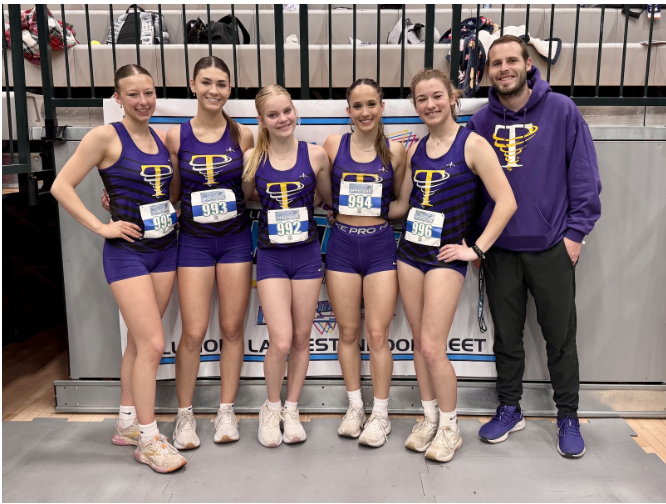
Image: 4x200m Girls at state
Year 3: It All Comes Together
2025 was the breakthrough.
We shattered seven school records—five of them sprint-related (60m, indoor 200m, indoor 4x200m, 4x100m, 4x200m). Our 4x200m indoor team qualified for the Illinois indoor state meet—a massive achievement, considering only the top 16 times in the state make it. We finished 12th overall: the first sprint relay in school history to reach that level.
How did we break three indoor records in this one season? We regularly used all of the following exercises to prioritize speed, health, and performance.
- Continued to use the different freelap cones to build speed
- Used spring ankle iso, with the goal being to build up to a minute
- Perform chuck berry walks, banded and non banded
- “Knee past knee” Green band around the ankle and pull it backwards/forwards This can be done with an athlete holding onto something if needed. Better without.
This is one of the different “knee past knee” variations. This video is from a Chris Korfist TFC Presentation, 2024.
- Banded psoas drives. Same as “knee past knee,” however the band is now on the ankle and the knee is driving forward and up.
This video shows an athlete performing the psoas drive. The psoas is a very important muscle for sprinting but is very hard to work in practice. Drill learned from Chris Koirfist.
That is what we did as a team 90% of our practices for the indoor season. This led to our best indoor season.
Then the outdoor season came, and the momentum carried over. We broke school records at 11 outdoor meets. As a team we qualified athletes to state in six events, which of course was a school record (100, 4×1, 4×2, shot, discus, and 3200m). By the time we headed to state, our 4x200m relay was ranked 10th in Illinois. Oh and by the way, there are now eight girls running over 18 mph and five over 18.5 mph. Huge improvements from year one!
As we were preparing for the outdoor season, we knew we had big goals ahead after the way we finished indoor season. With all of the indoor records we broke and where we ranked in state we knew we had a chance to qualify multiple athletes from the state track meet. We started the outdoor season with our 4×2 dropping three seconds from our indoor time, which is to be expected as it’s an automatic time drop going from indoor to outdoor. It was such a relief because it was already state qualifying time and we still had two months to go until the state track meet. We knew we had to fix some steps in our handoffs, but we were excited to say the least. As the season went on, we continued to drop time, figure out our steps and continue to break the school record time and time again. However, at the Mattoon invitational, we had three horrible handoffs and we dropped over a second and set the invite record. Even we were surprised by the result, but it showed how far we’d come. We placed first, set both an invite record and a school record – all with three terrible handoffs. That’s when we knew we had something special. We ran 1:46.89 – our first time breaking under the 1:47 mark. We were excited, but we knew that we had to improve if we wanted to be more comfortable heading into sectionals. Honestly, we did not make any big changes, maybe moved our steps in a step or two other than that. Everything else was fine. A few weeks later we headed to sectionals ranked first and we knew we would have great competition going up against Teleno Unity, Mattoon, and Mount Zion. At sectionals we ran another school record 1:45.72. The second place team was over one second behind us. This gave me and the girls a boost of confidence as if we knew we had a chance to medal at state. Going into the state track meet, we were ranked 10th overall for Illinois. At the state meet, the top nine teams advance from Friday’s prelims to and run in Saturday’s finals. We were in the last heat ranked second in our heat behind the fastest team in the state. That didn’t mean much for our girls since they weren’t able to know the bubble time at that moment. As coaches, we knew the bubble time at the state meet that day was 1:44.3. That was over a second faster than our PR, but if I had to pick a group of girls to rise to the challenge, it would be these girls. We ended up getting second in our heat, which was expected, and we ran 1:45.01. This was another school record, and it was our fastest time of the season. However, this was only good for 11th overall in prelims. Looking back at the last five seasons, that would have gotten us to the finals three times – two of those years we’d have finished in the top five. This was devastating for me to look at because I know how special this group is and how fast we have gotten over the last three seasons. I ultimately take the blame for this. I wish I could have done more as a coach to help develop them and prepare them for the moment. Overall, it was a great ride with the core three. I told them and our other four seniors, “We rewrote history.”
Our goal in the 4×100 was to break a record that was set in 1983 the year before but we could never do it. The time was 51.6 seconds. We could never get under 52. So we knew this year was the year. Of course we were able to break it. This team included our core three alongside a sophomore who came out of the blocks to run the opening leg for us. As the season went on, we continued to mess up our last handoff to our anchor, so we had to make a change. We decided to swap our last handoff to an undersweep handoff. This is a variation of a traditional blind handoff where the incoming runner handing the baton puts it by the receiving athlete’s thigh and yells “rock” to signal the handoff. From the first time we tried it at practice, we knew it would work. Throughout the rest of the season, we had no other issues with that handoff. This strategy wasn’t conventional. It was honestly the first time I had seen a different handoff within a relay team. However, if it works, it works. At sectionals, we placed 2nd, qualifying for state running 49.79. We were ranked 22nd in the state. We are so happy about this, but we knew our 4×2 would be our best shot of getting the finals. At the state track meet we ended up finishing 22nd, our exact ranking. Our time was a little slower than it was at sectionals, but we couldn’t be upset. This was the first time in school history 4×1 has run at the state track meet.
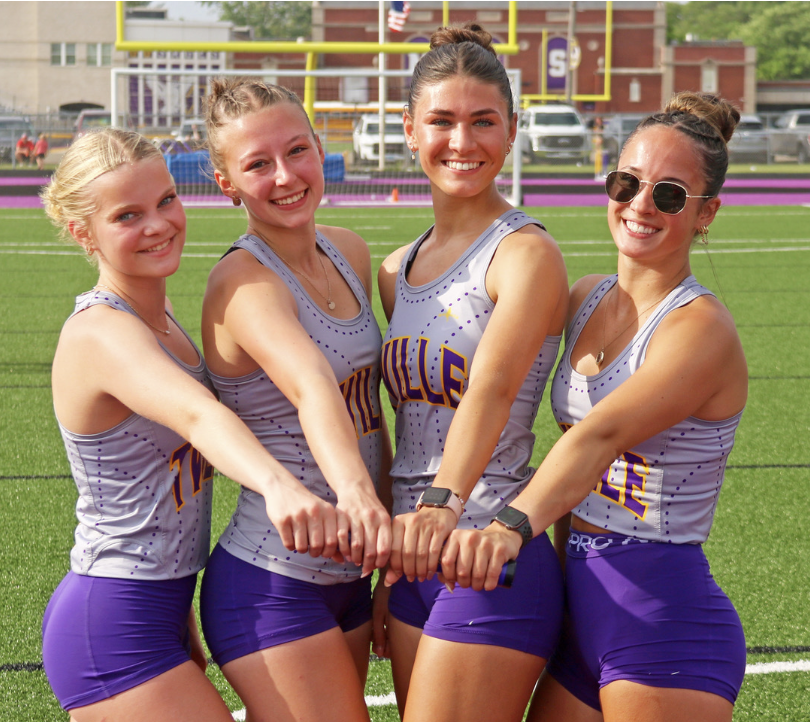
Image: 4x100m Girls after qualifying for state
What We Did Differently
We tried to measure some type of jump or sprint every practice. It gets the athletes used to performing and something to look forward to. This was a great success, says @Dunn_15 Share on XHere’s what we focused on over those three years that made the difference:
- Sprint with intent: No tempo runs. Every rep was timed.
Sprints varied from 10m fly, 20m fly, 30m fly, 20m sprint, and 10m fly out of blocks with 15 yard run in. We used Google Sheets to keep track of PRs and records. It was nice to see the season to season jump.
- No warm-up laps: We warmed up with purpose, not tradition.
Our sprinters did not run a single warmup lap at practice during this three year span. They simply aren’t needed. In my opinion, they just waste time and energy. Some athletes did not like it at first, but now they would all complain if we brought them back.
- Rest matters: We gave recovery days regularly.
Tried to give at least two days off a week. So some weeks it was Saturday and Sunday. Some weeks it was Tuesday, Friday, and Sunday. Some of my sprinters were jumpers so they may come in to do light jumps on those days while the other sprinters were completely off.
- Track what matters: We measured jumps and sprint speed throughout the year.
We tried to measure some type of jump or sprint every practice. It gets the athletes used to performing and something to look forward to. This was a great success.
- Fuel the athlete: Athletes were encouraged to eat between events.
Before almost every away meet, we would get Jimmy John’s or something to eat for the athletes. They would eat it on the bus. And then at the track meet, we encourage them to eat. We would provide snacks for them. I would find myself spending $40-$50 at Walmart before each meet. Even if they didn’t really like to eat in between events, we had hydration packs or apple sauces and those seem to work great for them. Most of our top end athletes had to be in three or four events so this worked great.
- Sprint volume control: We never ran more than a 200m in practice at once.
Typically, our athletes would be sprinting a total of 70 to 80 meters at a practice. However, on our hard days, we would do a 27 second drill where our girls would sprint as far as they could for 27 seconds. The average was about 175 m per rep and we would do that twice. We did have multiple girls reach over 190 and one athlete reach 200m. Athletes won’t be able to give their best effort and I honestly don’t see much benefit from sprinting more than what we did.
- Recovery tech: We used Firefly bands post-meet/practice.
This past season we started using the Firefly recovery bands. We had a few athletes with some minor injuries and wanted anything to make them feel better. I would have athletes take them home and use them both the night before meets and also in between events. My top and athletes seem to like them a lot and we saw some positive results. We will continue to use these from here on out.
- Unconventional drills: Water bags were part of our sprint mechanics work.
Learned from Coach Fichter and Coach Korfist water bags can be very valuable. I would have athletes sprint with them on their back or do different drills. This would help hip work, feet, core and balance. Logistically, I had to reserve the water bags for our top performing athletes, though I would have loved for everyone to have used them if we had enough to go around.
- Keep it short: Our warm-ups were quick. Practice lasted about an hour.
We normally started practice with a quick discussion because I don’t teach the same building as my athletes so I would never see them throughout the day. And then we would go straight into either our speed drills or take our shoes off and work some isometrics. This is simple and effective. An easy way to get athletes engaged and starting practice off is the correct way.
- Share talent: Jumpers were shared with the sprint group when needed.
Within my program, most of our sprinters are also jumpers. However, I believe that sprinting is the foundation of everything, so they would spend a lot of time with me in the preseason and then as a season goes along, they would spend more time at jumps. Granted, they were still required to sprint at least twice a week with me. If we had more athletes, we would likely split them up to make things a lot easier, but we have to be flexible.
- Train strength smartly: We implemented isometric holds and tension-based work.
We just added some simple isometrics to our program. With the split squat iso, our goal was to get up to at least a minute. A few other ones that we implemented were just a calf raise and a calf raise with a knee pushing into the wall as well.
- Test and tweak: We tried different handoff styles to find what worked.
As stated before, our 4×1 team used traditional blind handoffs plus the undersweep variation to our anchor. This is not common, but sometimes you just have to know what works best for your specific athletes. I still don’t know what handoff is the best or the fastest. It can vary from 4×1 or 4×2. Currently, we are all blind in the 4×1 and 4×2 plus that one undersweep handoff.
Final Thoughts
Track & field success isn’t just about talent—it’s about belief, data, recovery, and consistency. I’m proud of the culture we’ve built, and even more proud of the athletes who trusted the process. I also have to thank my assistant coach, Coach Koniak, who helps out in many areas such as wish jumps and our distance crew. We routinely have 30 or more athletes at practice and we find ways to make it work. He has been a great mentor for me.
I’m excited for the future of our program. We aren’t just breaking records. We’re changing expectations.
Track & field success isn’t just about talent—it’s about belief, data, recovery, and consistency, says @Dunn_15 Share on X
